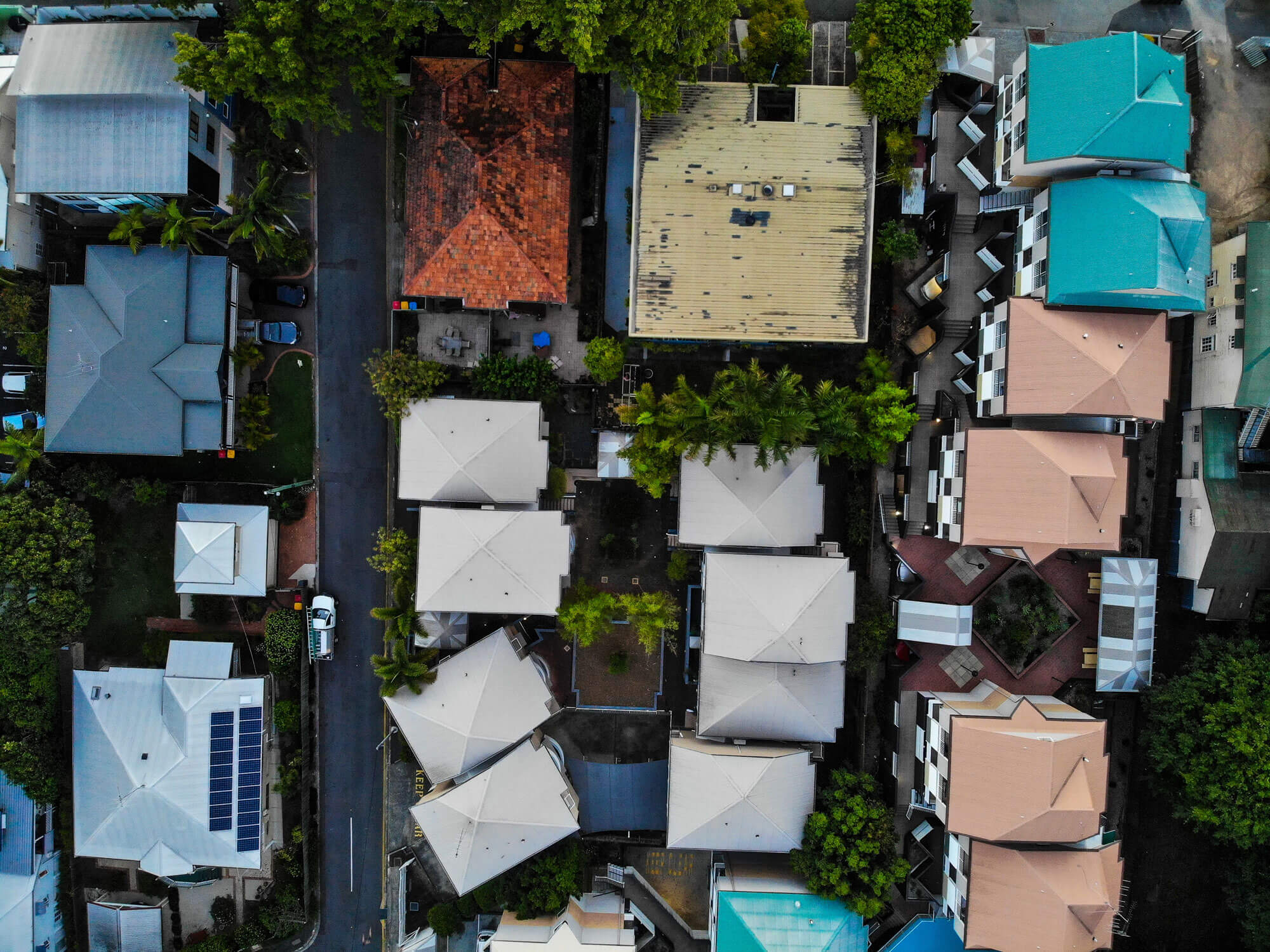Earlier this year former prime minister John Howard described Australia’s middle class as the “biggest,” proportionally speaking, in the world.
Speaking at the annual dinner of the Sydney Institute, he was drawing on the latest Credit Suisse Global Wealth Report, which shows that Australia has the highest median wealth level among a large group of countries.
But even that report gives a more complex picture, pointing out that an unusually large share of our wealth is in the form of housing, whose value is inflated by the excessive home prices in Australia’s largest cities.
A clearer idea of how Australia’s middle class is faring comes in a new OECD report, Under Pressure: The Squeezed Middle Class. Its findings are discouraging for people who share Mr Howard’s views about trends in inequality.
The OECD defines the middle class as those households with disposable income of between 75 per cent and 200 per cent of the median (or mid-point of the income distribution).
In Australia that translates into after-tax income of between $33,300 and $88,700 for a single person, and $66,600 and $177,400 for a couple with two children.
That’s quite a low threshold for the middle class: a single person would only have to earn about 5 per cent more than the minimum wage to sneak in.
What do the OECD’s calculations reveal?
On average across its 37 member countries, the proportion of people in middle-income households fell from 64 per cent to 61 per cent between the mid-1980s and the mid-2010s.
The economic influence of the middle class and its role as a “centre of economic gravity” also weakened.
Overall, median incomes have increased a third less than the average income of the richest 10 per cent. And the cost of essential elements of the middle-class lifestyle – especially housing – have increased faster than inflation.
The study finds that Australia’s middle class comprises 58 per cent of the population, which is actually smaller than the OECD average of 61 per cent.
The reason is simple: Australia has more people at both ends of the income distribution: a slightly higher proportion of lower-income people, and a higher proportion earning more than twice the median (nearly 10 per cent of households compared to just over 4 per cent, for example, in Denmark).
Part of the explanation for the fall in middle incomes is the declining number of “middle skill” jobs.
As the report shows, that decline was actually stronger in Australia between the 1990s and 2015 than in most other OECD countries.
In addition, middle- and lower-income households appear to be more likely to fall into poverty in Australia than in most other countries.
Their probability of falling into poverty from one year to the next was about 4 per cent in Australia for the period 2007-15, or roughly twice the OECD average and four times the figure for countries like Denmark and the Netherlands.
For individuals who are neither poor nor “middle class” – people on incomes between 50 per cent and 75 per cent of the median – the probability of falling into poverty, at close to 15 per cent, was the second-highest in the OECD.
This partly reflects the fact that unemployed people in Australia receive the lowest payment in the OECD, once account is taken of housing costs.
Another way of looking at the middle class is from the perspective of labour-market and pay status.
While Australia’s overall employment rate is high by OECD standards, our share of part-time workers is the third-highest in the OECD.
The proportion of Australian employees who are both full-time and well paid (male and female) is 45.5 per cent, below the OECD average and higher than only 12 of 37 countries.
The countries with the highest shares of full-time, well-paid jobs are largely the same as those with the highest share of middle-class households – mainly the Nordic countries.
Indeed, the OECD report specifically notes that part-time workers are seldom the heads of middle-income households. Among 17 OECD countries with available data, only 8 per cent of middle-income working households are headed by part-time workers.
Australia has continued to perform relatively poorly in this regard since the global financial crisis, with the proportion of the working-age population in full-time, well-paid jobs falling by a little over two percentage points.
The worst-performing countries are in Southern Europe and Ireland, but the Nordic countries have also performed badly (though from a higher base).
What can be done about Australia’s performance? The OECD report identifies policies its authors believe will foster a prosperous middle class.
They recommend, among other things, that governments improve access to high-quality public services; ensure better social protection coverage; encourage the supply of affordable housing; and invest in vocational education and training.
Its authors also want governments to design labour-market institutions that ensure productivity gains are shared widely and translate into higher wages and better working conditions, particularly for low and medium earners.
And they want the tax burden to be shifted from labour income to income from capital and capital gains, property and inheritance, as well as income taxes made more progressive and fair.
Is it only me, or do they sound like familiar proposals?
First published at the Canberra Times on Saturday 8 June 2019. A longer version was published at the Inside Story on Friday 31 May 2019.





Recent Comments